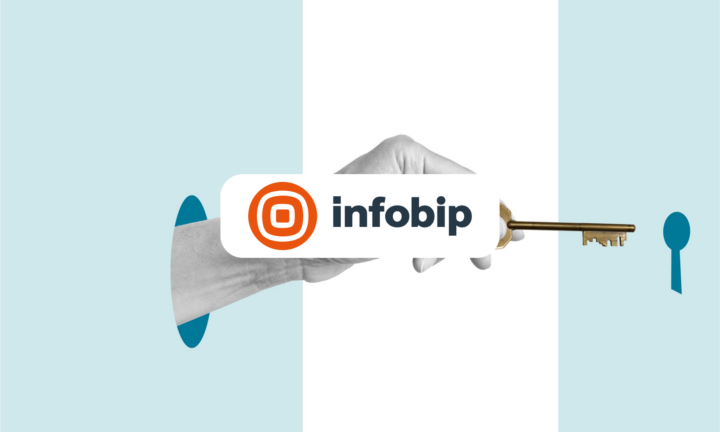CRM software helps businesses track and understand their CX efforts, enabling them to find out ways to improve customer service, target specific demographics, and convert leads into sales.
By carefully analyzing data from CRM analytics reports, companies can gain valuable insights into how their customer service is perceived, as well as the accuracy of their consumer data.
Choosing and aligning the right CRM metrics with overall business goals allows companies to make informed decisions and improve their sales success by nurturing customer relationships and providing an improved experience.
Bill Band, a CRM expert and a Principal Analyst at Forrester, suggests splitting CRM metrics into three categories:
-
Business performance metrics - These metrics track data such as pipeline and sales performance and measure a company's overall progress toward its goals.
-
User adoption metrics - These focus on how the organization is using its CRM software, including data on how employees are utilizing the system.
-
Customer perception metrics - They provide insight into how customers interact with the business, including the customer journey through the sales pipeline, customer satisfaction, and repeat customers.
Key CRM Metrics to Track
1. Net Promoter Score
The Net Promoter Score (NPS) is a metric that measures customer satisfaction and loyalty to a company's product or service. It is calculated by asking customers to rate on a scale of 0 to 10 how likely they would be to recommend the company's product or service to others.
Scores can be categorized into three groups:
-
detractors (scores of 0-6)
-
passives (scores of 7-8)
-
promoters (scores of 9-10)
A healthy NPS score for a software as a service (SaaS) company indicates that the product is effectively solving consumer issues and providing value. By tracking NPS, businesses can gain insight into how their customers perceive their products and make improvements as needed.
2. Customer Churn
Customer churn, also known as customer turnover, refers to the percentage of customers that a company has lost over a given period. To calculate the churn rate, the number of customers at the beginning of the period is compared to the number at the end, and the difference is divided by the starting number.
For a software as a service (SaaS) company, the average monthly churn rate is 4-8%, and the average annual churn rate is 33-52%. To prevent revenue loss, it is important for companies to maintain high-quality products and consistently ask for customer feedback.
To calculate the revenue churn rate, the monthly recurring revenue (MRR) lost in a given month (minus any upgrades or additional revenue from existing customers) is divided by the total MRR at the beginning of the month.
3. Retention Rate
According to the Pareto Principle, 80% of outcomes typically come from 20% of causes. In business, this means that a large portion of a company's revenue often comes from a small portion of its existing customers. This highlights the importance of customer retention and the value of nurturing customer relationships rather than solely focusing on acquiring new customers.
Customer retention rate, also known as the rate of renewal, is the percentage of customers that a company retains over a given period and can be calculated using the formula: (total number of customers at the end of the period - number of new customers acquired) / number of customers at the start of the period.
It is important to consider the cost of retention efforts and ensure that the average cost of retaining a customer does not exceed the average revenue. By tracking customer retention, businesses can understand the effectiveness of their retention strategies and make necessary adjustments.
4. Customer Lifetime Value (CLV)
Customer lifetime value (CLV) is a metric that represents the total revenue that a company can expect to generate from a single customer over the course of its relationship with the company.
It is a key customer success metric for service businesses and helps to determine the average value of customers based on the business they bring in and the profits they generate. A high CLV indicates a sustainable business model and suggests that the company's products and services contribute to the success of its customers.
Customer value can be measured using a customer's purchasing patterns and the length of time they remain engaged with a business. This metric can help companies prioritize marketing activities, such as when to offer discounts or promotions.
5. The Length of the Sales Cycle
The length of the sales cycle is the amount of time it takes for a potential customer to make a purchase from a company. It begins when a prospect is identified, the sales process is initiated, and it ends when the sale is closed.
The average length of the sales cycle can be calculated by adding up the lengths of the sales cycle for all customers and dividing the total by the number of customers. By tracking this metric, businesses can work to shorten the sales cycle and improve their efficiency.
A shorter sales cycle can allow sales representatives to spend more time cultivating new leads. The goal for many companies is to shorten the sales cycle as much as possible to close sales more quickly.









